This mask was carved in the style of the Luba people of DRC. The mask is known style is known as a kifwebe and features carved striations. It measures 12 inches tall and weighs 3 pounds. There is minor imperfections- please inspect photos. Stand is not included.
| Type of Object | Face Mask |
|---|---|
| Country of Origin | DR Congo |
| Ethnicity | Luba |
| Material | Wood, Pigment |
| Approximate Age | Unknown |
| Height | 12" |
| Width | 11" |
| Depth | 7" |
| Weight | 3 lbs |
| Overall Condition | Good with minor imperfections – see photos. |
Tribe Information
About the Luba People
“The Luba empire was founded in 1585 in the Upemba depression by King Kongolo. His nephew and successor, Kalala Ilunga, rapidly expanded the kingdom to encompass all the territories on the upper left bank of the Lualaba River. At its peak, about one million people, living in several tribes, were paying tribute to the Luba king. At the end of the 19th century, with the advance of the Ovimbudu people from Angola and the raids of the East African Muslim slavers, the empire weakened and, in fact, collapsed when Belgian colonials took control.
With the Assistance of a court of notables, called Bamfumus, the king, known as the Mulopwe, reigned over his subjects through clan kings called Balopwe/ These clan kings could symbolically become the Mulapwe’s son which created client states throughout the empire. A secret society, Bambudye, kept the memory of the Luba empire alive and permeated throughout Luba territory, bonding the diverse populations together. The Luba empire economy was complex – it was based on a tribute system and the redistribution of resources from agriculture, fishing, hunting and mining. The production of salt and iron was under the king’s control.”
Source:
Baquart, Jean-Baptiste. The Tribal Arts of Africa. New York: Thames and Hudson Inc. 1998. Print.
You must be logged in to post a review.
Additional Information
About the Kifwebe Mask
“The most famous masks created by the Songye are worn in connection with the Bwadi Bwa Kifwebe secret society. They are called Kifwebe, which means ‘mask’ in the Songye language. It can either be masculine, if carved with a central crest, or feminine if displaying a plain coiffure. The size of the crest determines the magical power of the mask. During initiation, circumcision or funeral ceremonies, a dancer will wear the mask and his body will be covered with straw.”

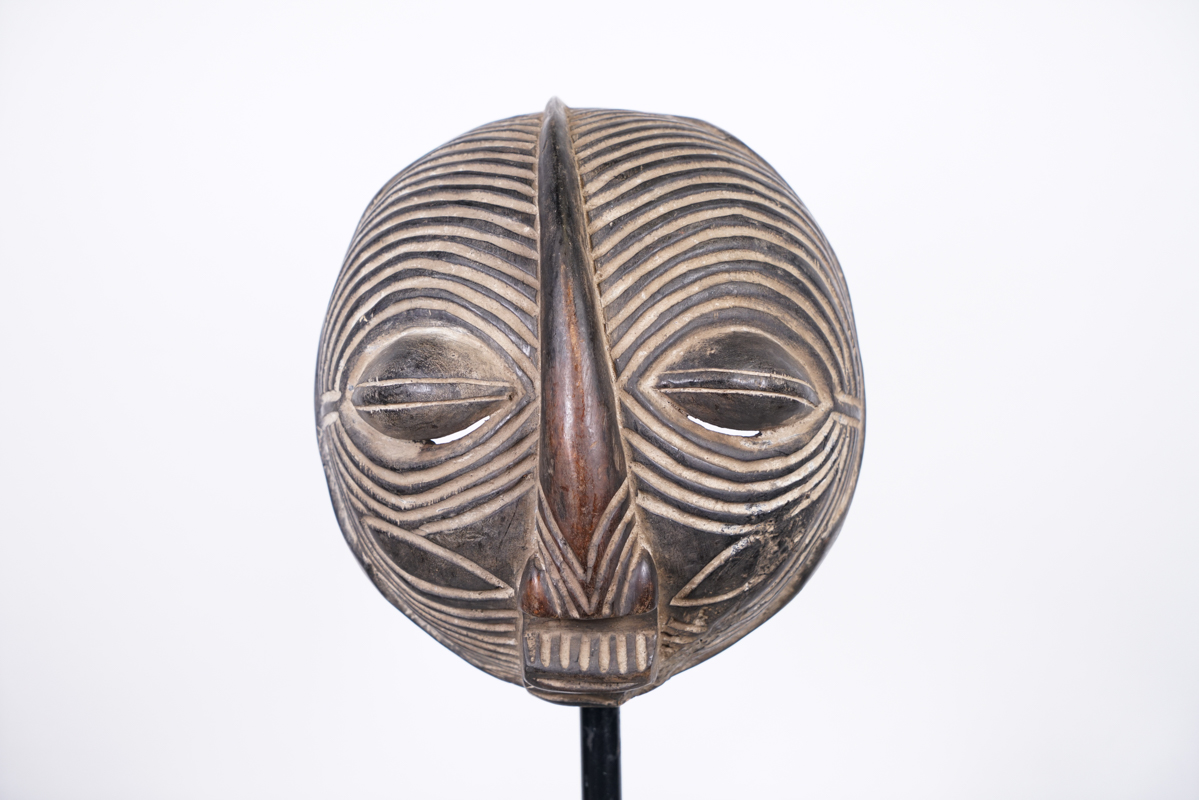



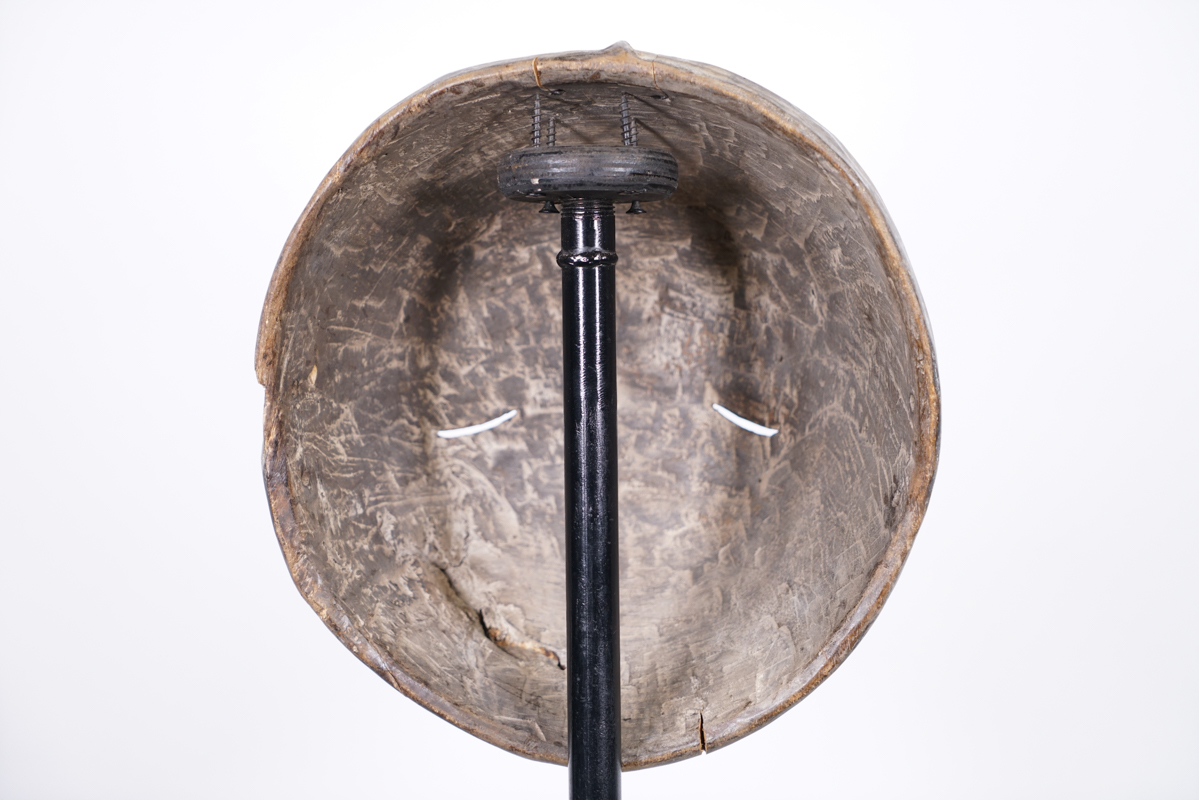
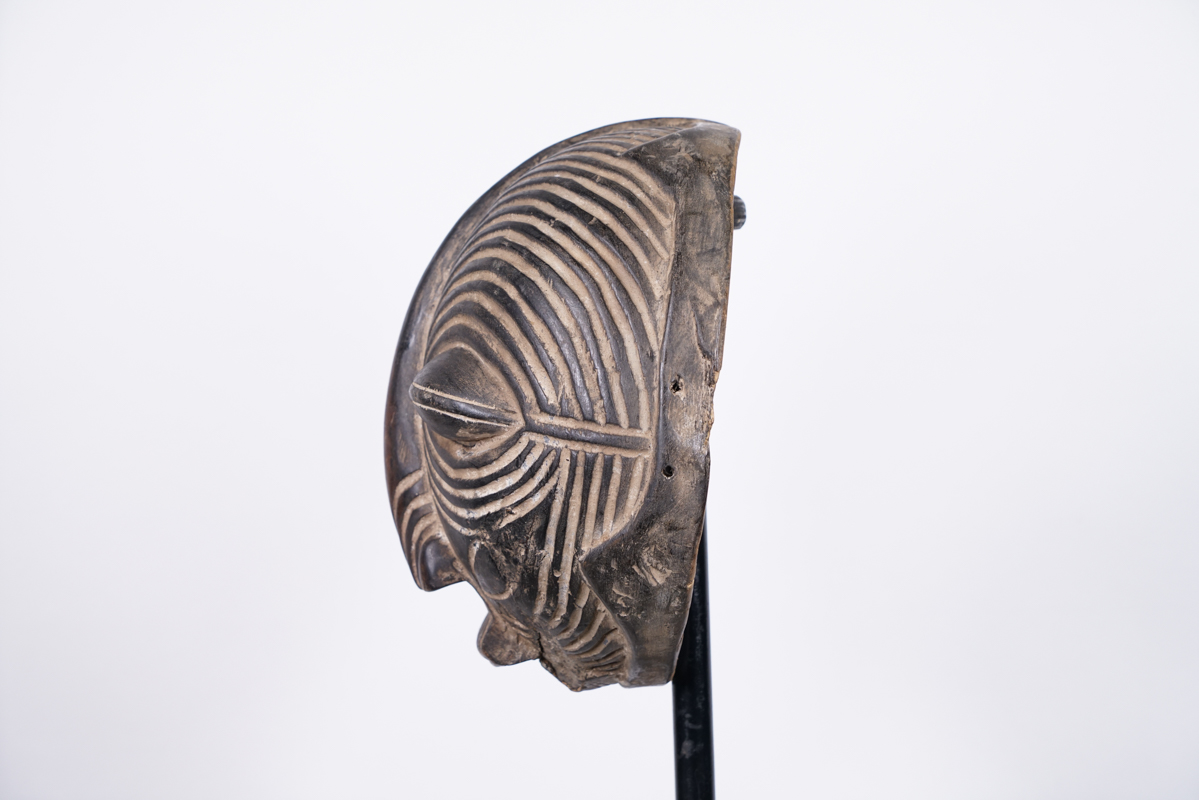
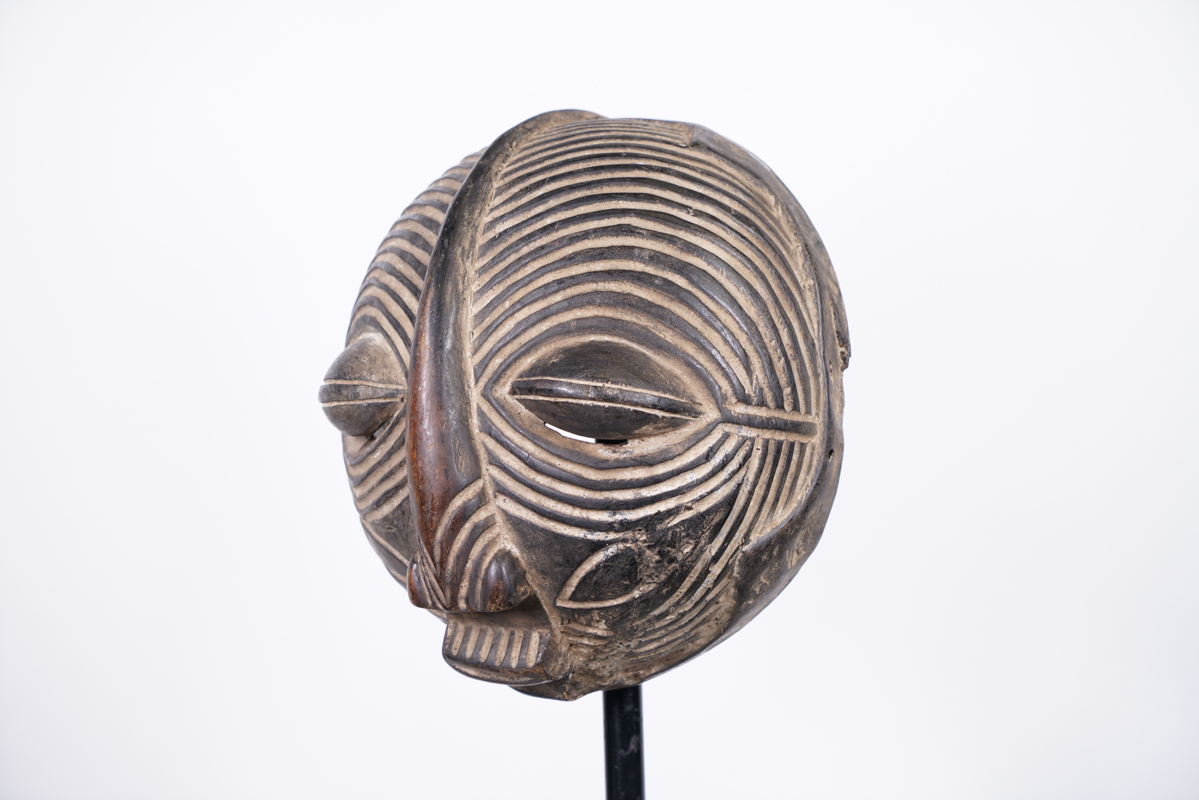
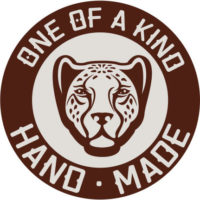
Reviews
There are no reviews yet.